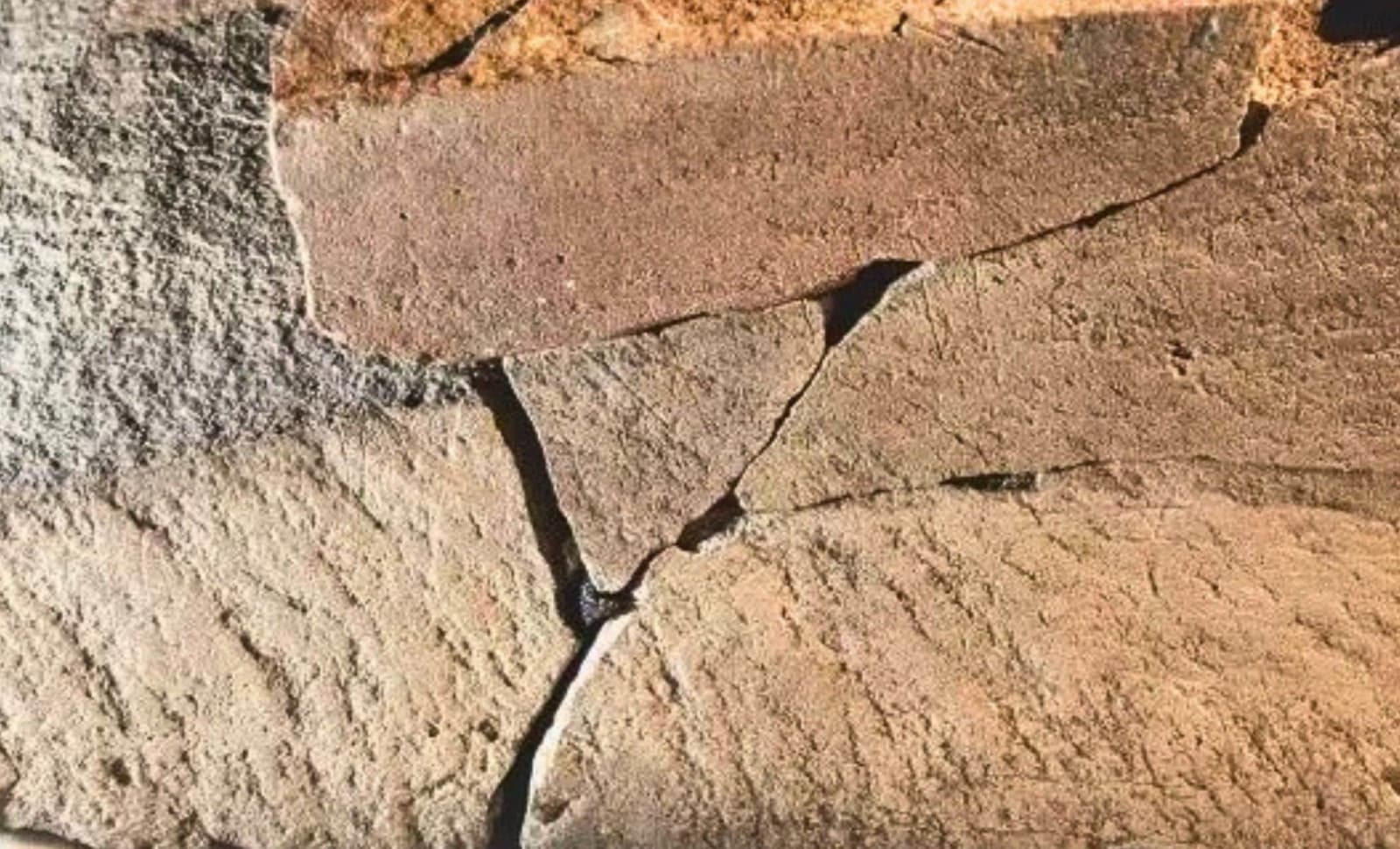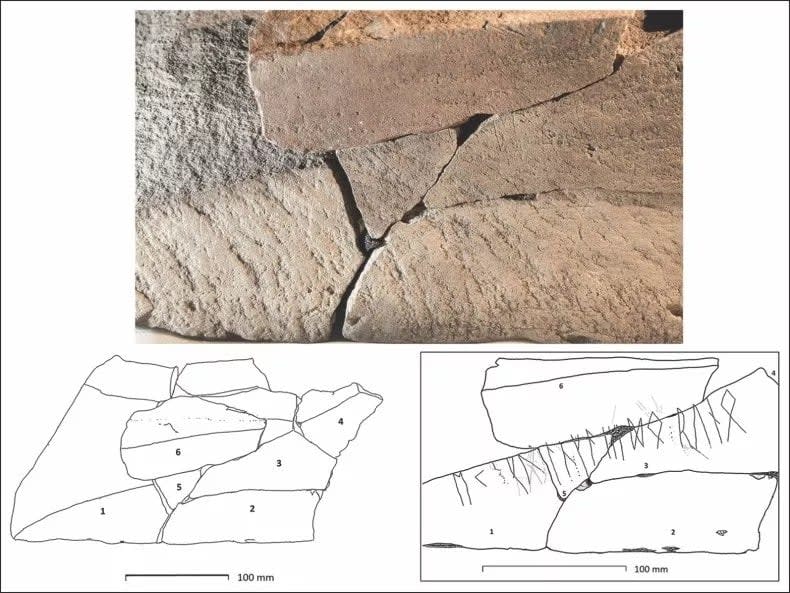
Archaeologists in Norway have uncovered what might be the oldest known rune stone , pushing back the origins of runic writing further than ever imagined. Estimated to date between 50 BCE and 275 CE , this extraordinary find challenges what we thought we knew about the early Germanic alphabets and their evolution.
A Silent Witness to Ancient Words
Rune stones are engraved slabs bearing inscriptions in the runic alphabet, used by Germanic and Scandinavian peoples before the adoption of the Latin script . Most rune stones were raised between the 3rd and 12th centuries , often serving memorial or funerary purposes, marking the graves of warriors, leaders, and even invoking the gods.
Sweden holds the record for the most rune stones, with over 2,500 discovered, but similar inscriptions have been found across Norway, Denmark, Britain, and Central Europe . Each stone offers a glimpse into the past, preserving language, beliefs, and history .
A Groundbreaking Find in Norway
The newly discovered Svingerud stone , unearthed in a Norwegian burial site , is potentially the oldest rune stone ever found . Archaeologists recovered several sandstone fragments from ancient graves, which fit together like a puzzle to form a single engraved slab.
Using radiocarbon dating , experts determined that the stone’s inscription dates back nearly 2,000 years — significantly older than previously known rune stones. This dramatic discovery suggests that the runic writing system was in use much earlier than believed, reshaping our understanding of early Scandinavian literacy.

Mysterious Inscriptions and Evolving Symbols
The stone’s carvings don’t match the fully developed runic alphabets found on later artifacts. Instead, the engravings are a mix of recognizable runes and unknown symbols , hinting at an early experimental phase of writing. This linguistic puzzle raises exciting questions:
・Were these runes proto-forms of the later futhark alphabets?
・Did different regions develop unique runic traditions before a standardized system emerged?
The stone is thought to have served a funerary purpose , possibly marking the resting place of an important individual. Over time, it was broken and repurposed in other graves, a practice that may reflect symbolic ancestral connections —a tradition where elements of earlier burials were incorporated into new ones.
A Turning Point in Runology
This discovery is more than just a piece of ancient sandstone —it is a key to unlocking the evolution of early writing in Northern Europe . Many previously found rune stones lack clear archaeological contexts, making precise dating difficult. But the Svingerud stone , preserved within a burial site, provides a rare and reliable time capsule .
With this groundbreaking find, researchers are now re-evaluating other runic inscriptions And considering future digs. Might more ancient rune stones lie concealed under Scandinavia’s terrain, poised to alter our understanding of history yet again?
Enjoyed this article? Sign up for our complimentary e-newsletter For captivating tales, special material, and up-to-date information.
To find more stories like this one, check out .